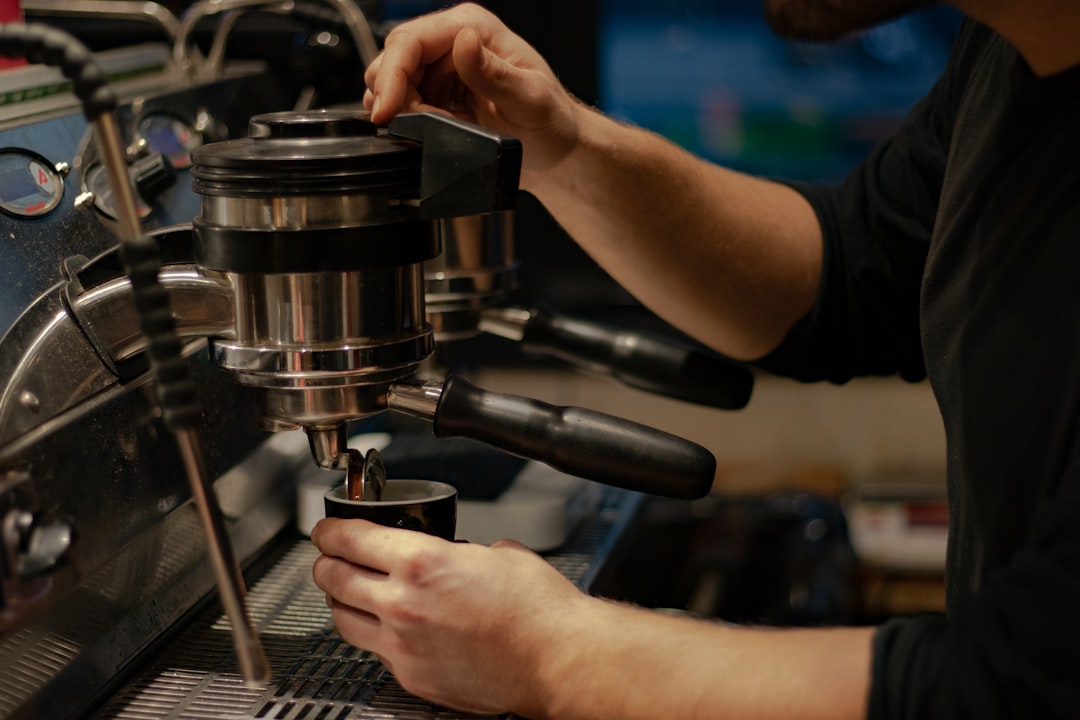What is it about?
In fluid dynamics governed by the one dimensional inviscid Burgers equation $\partial_t u+u\partial_x u=0$, the stirring is explained by the sticky particles model. A Markov process $([Z^1_t,Z^2_t],\,t\geq0)$ describes the motion of random turbulent intervals which evolve inside an other Markov process $([Z^3_t,Z^4_t],\,t\geq0)$, describing the motion of random clusters concerned with the turbulence. Then, the four velocity processes $(u(Z^i_t,t),\,t\geq0)$ are backward semi-martingales. If one of them is a martingale, then any turbulent interval is reduced to a single point.
Featured Image

Photo by bmx22c on Unsplash
Why is it important?
We look at Burgers' turbulence from a new angle, through stochastic processes (semi-martingales.) Which define random intervals that we have called "turbulent intervals". We define a random variable which models the shocks and which allows us to look at the detection of the first instants of turbulence.
Perspectives
Generalize these results to more general cases of particle distribution and larger dimension, then look at the simulations in order to interpret the results from a more practical point of view. I hope that this new point of view will make it possible to theoretically understand the unexplained aspects of turbulence or will make it possible to confirm certain already known theories on turbulence.
Florent NZISSILA
Universite des Sciences et Techniques de Masuku
Read the Original
This page is a summary of: Backward semi-martingales into Burgers turbulence, Journal of Mathematical Physics, June 2021, American Institute of Physics,
DOI: 10.1063/5.0036721.
You can read the full text:
Contributors
The following have contributed to this page










